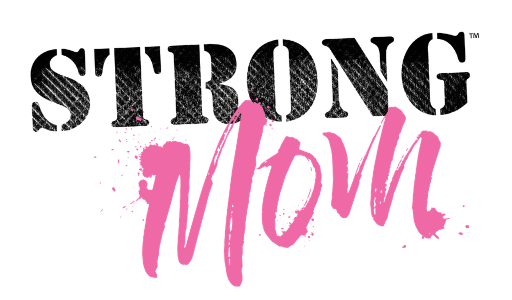
Got Diastasis Recti?
(aka Mummy Tummy)
Diastasis recti (aka DRA) is a condition that many new moms are faced with. Approximately 50% of moms 12-15 weeks postpartum will be affected by this condition, which is the separation of the right and left rectus abdominus muscles.
What does it look like?
The image on the left is a normal abdominal wall while the one on the right shows what diastasis recti looks like. The abdomen has fully separated.

How it presents itself
Every Mom is Different.

What it looks like

What it feels like
Some women have other symptoms such as leaking urine every time they sneeze or laugh or jump. Another is low back pain that just won’t quit and lastly, pain or a heaviness feeling in the pelvis area are all signs of pelvic instability and weakness.
Why Didn't Anyone Tell Me About This?
Although your doctor, OB or midwife checked you at 6 weeks postpartum, they don’t assess the muscles in your pelvic floor. This is why you probably aren’t getting the answers you want from your health care provider.
What To Do About It
First things first; I always send my clients to a pelvic floor physiotherapist to get checked internally. They will ensure that you can contract and relax your pelvic floor muscles properly. From there, I work with moms on a nutritional, functional movement and exercise level to strengthen their deep core and pelvic floor muscles that work synergistically together to create stability in the back and pelvis, which together help heal you from the mummy tummy look, or the leaking pee and back pain issues.
How Long Will It Take Diastasis Recti To Heal?
The Good News
Whether you are 3 months postpartum, 3 years postpartum or 30 years postpartum, most cases of DRA are totally able to heal with intervention. All it takes is your desire to heal and put in the work required to strengthen your body again.
Every mom is different. It’s important to remember that this didn’t just happen over night. As you were growing a baby over 9 months, this was a gradual process.
'But I haven’t had a baby, and I still have some of these symptoms you’ve mentioned.'
Pregnant women, and women who have had a baby aren’t the only ones who get DRA. In fact, many men may also get it. The causes vary and may be caused by obesity, chronic coughing, repetitive flexion movements like crunches, or hormones during menopause.
What To Do Next
Drop me a line and tell me what you’re going through and what you desire and we can schedule a call together. With one-on-one personal training and an individualized program we will build for you, you’re going to become stronger than ever and look and feel better than ever!
Videos you need to watch
What is a Pelvic Floor Physio?
If you are a postpartum mom, you need to see a pelvic floor physiotherapist. Check out the videos below to find out why:
Find a Pelvic Floor Physiotherapist in your area
If you live in Ontario, Canada, please look up a pelvic floor physio by clicking the link below. If you do not, Google one near you and get a consultation.
